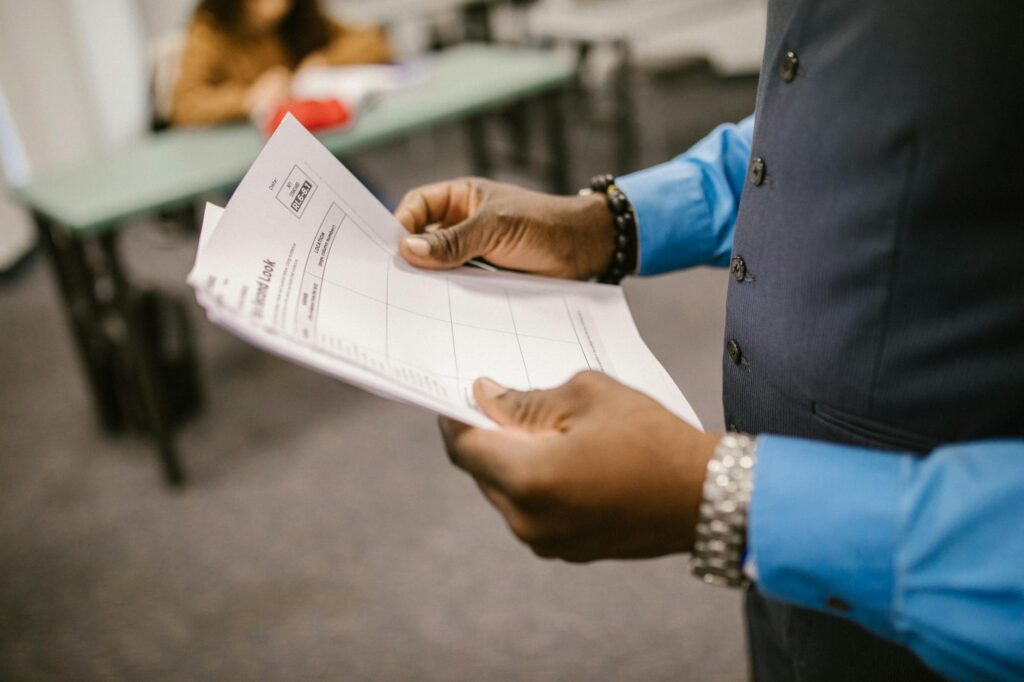What is formal assessments?

What is formal assessments?
Formal assessments play a crucial role in both educational and professional settings, serving as a systematic way to measure knowledge, skills, and overall performance. They help individuals understand their strengths and weaknesses, providing a clear pathway for personal growth and development. By grasping the concept of formal assessments, you can appreciate how they shape educational outcomes and influence career trajectories.
Understanding Formal Assessments
Formal assessments are structured evaluations designed to measure knowledge or skills against standardized criteria. They usually involve specific formats, scoring systems, and objective grading methods. Common examples include standardized tests, midterm exams, and final assessments. These assessments provide a level of consistency in evaluating performance across a wide array of subjects.
For a deeper insight into the definition and examples of formal assessments, you can explore resources like Formal and Informal Assessments: What’s the Difference?.
Types of Formal Assessments
Formal assessments can be categorized into different types based on their purpose and timing:
-
Formative Assessments: These are conducted during the learning process to monitor student progress and understanding. They help inform instruction and provide feedback to students.
-
Summative Assessments: Administered at the end of an instructional period, these assessments evaluate overall student learning. Examples include final exams and end-of-term projects.
-
Diagnostic Assessments: These assessments aim to identify students’ strengths and weaknesses before instruction. They help educators tailor their teaching strategies to better meet student needs.
Understanding these types can help educators and learners navigate the complexities of formal assessments effectively.
Characteristics of Formal Assessments
Several key characteristics define formal assessments:
- Structure: Formal assessments are highly organized, with specific formats and guidelines that must be followed.
- Scoring Systems: These assessments often employ standardized scoring methods, ensuring that results are comparable across different contexts.
- Objectivity: A major goal of formal assessments is to minimize bias, delivering results that reflect true student performance rather than subjective interpretations.
This structured approach makes formal assessments a reliable way to measure educational outcomes.
Purpose and Benefits of Formal Assessments
The primary purposes of conducting formal assessments extend beyond merely assigning grades. Here are some of the essential benefits they provide:
Measuring Knowledge and Skills
Formal assessments allow for objective measurement of knowledge retention and skill acquisition. By employing standardized tests, educators can gauge how well students have grasped the material, identifying areas where further instruction may be needed.
Guiding Instruction and Learning
Another significant role of formal assessments is guiding instructional strategies. Teachers can analyze assessment results to determine which teaching methods are effective and which require adjustment. This ongoing feedback loop is vital for both educators and learners, enhancing the overall educational experience.
For additional insights into the advantages of formal assessments, consider reading about the advantages of formal assessments for students.
Challenges and Limitations of Formal Assessments
While formal assessments are beneficial, they also come with challenges and limitations that can affect both students and educators.
Impact of Test Anxiety
Test anxiety can significantly impact a student’s performance. The pressure to perform well can lead to stress and hinder the ability to recall information effectively. To mitigate this, it’s essential to cultivate a supportive learning environment and provide resources that help students manage anxiety.
Bias in Assessments
Bias in formal assessments can also skew results, potentially leading to unfair evaluations. Factors such as cultural background, socioeconomic status, and learning styles can affect performance. Recognizing these biases is crucial for creating equitable assessment practices.
Best Practices for Preparing for Formal Assessments
Being well-prepared for formal assessments can make a substantial difference. Here are some effective strategies:
Effective Study Techniques
- Active Learning: Engage with the material through discussions, teaching others, or applying concepts to real-life situations.
- Practice Tests: Simulate the testing environment with practice tests to become familiar with the format and types of questions.
- Study Groups: Collaborate with peers to enhance understanding and retention through shared knowledge.
For more effective study techniques, check out this comprehensive list of study strategies.
Time Management Strategies
Balancing study time with other responsibilities is crucial. Here are some strategies to consider:
- Set Specific Goals: Break down study sessions into manageable tasks with clear objectives.
- Prioritize Tasks: Focus on the most challenging subjects first when your mind is fresh.
- Create a Study Schedule: Allocate dedicated time for studying and stick to it to build a routine.
These time management strategies can help you effectively juggle preparation for formal assessments alongside daily life.
Conclusion on the Importance of Formal Assessments
In summary, formal assessments are indispensable in educational and professional contexts. They provide essential insights into knowledge retention and skill acquisition while guiding instructional strategies. Despite their challenges, such as test anxiety and potential biases, understanding and preparing for formal assessments can lead to significant personal and professional growth. By embracing best practices in preparation, you can harness the full potential of formal assessments for your development journey.

Photo by RDNE Stock project